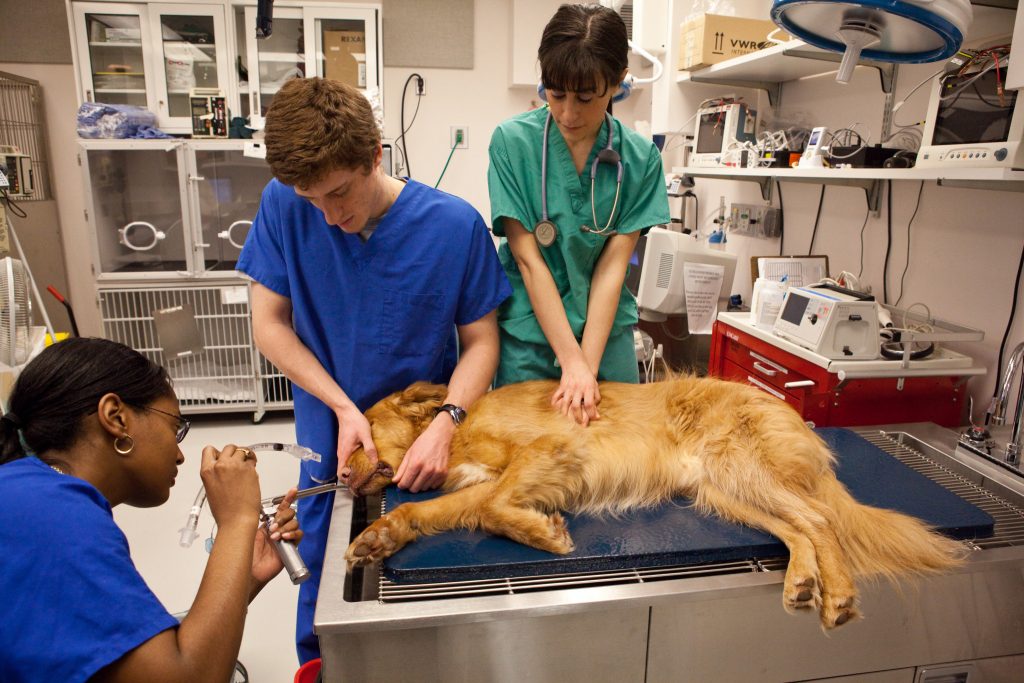
Setting new life-saving standards based on groundbreaking scientific evidence and advancements, and extensive community feedback, is the driving force behind a recent guidelines update.
Published through the Reassessment Campaign on Veterinary Resuscitation (RECOVER) Initiative, a joint project by the Veterinary Emergency and Critical Care Society (VECCS) and the American College of Veterinary Emergency and Critical Care (ACVECC), the 2024 RECOVER CPR Guidelines and the Methods paper marks the first major revisions to the nonprofit group’s treatment recommendations for CPR in dogs and cat since 2012.
“The publication of these new guidelines represents a pivotal event in veterinary resuscitation science. These updates incorporate new scientific evidence, feedback from the veterinary community, and the latest advancements, directly enhancing how we perform life-saving CPR on pets,” says Manuel Boller, Dr med vet, MTR, MANZCVS, DACVECC, co-chair of the initiative.
Key updates include:
- Chest compression techniques: Enhanced methods for cats and small dogs to optimize survival during cardiac arrest.
- Compression depths and techniques: Adjustments tailored to an animal’s size and chest shape, improving CPR effectiveness.
- Breathing support methods: Revised for non-intubated patients, focusing on rescuer safety.
- Medication dosages and procedures: Updated for more precise and effective treatment during CPR.
“Thanks to a rigorous review of over 1,370 studies by 102 volunteer evidence evaluators, these updates embody our commitment to the highest standards of evidence-based veterinary practice,” shares Jamie Burkitt, DVM, DACVECC, co-chair of RECOVER, in a statement.
The revised guidelines is available at the RECOVER Initiative website.
